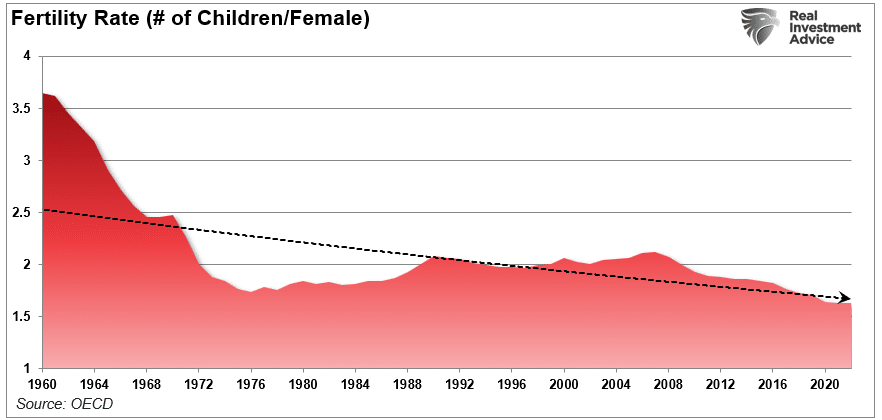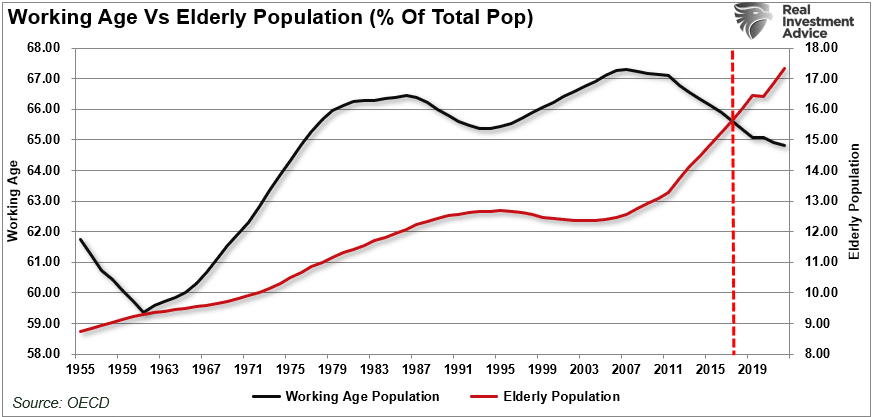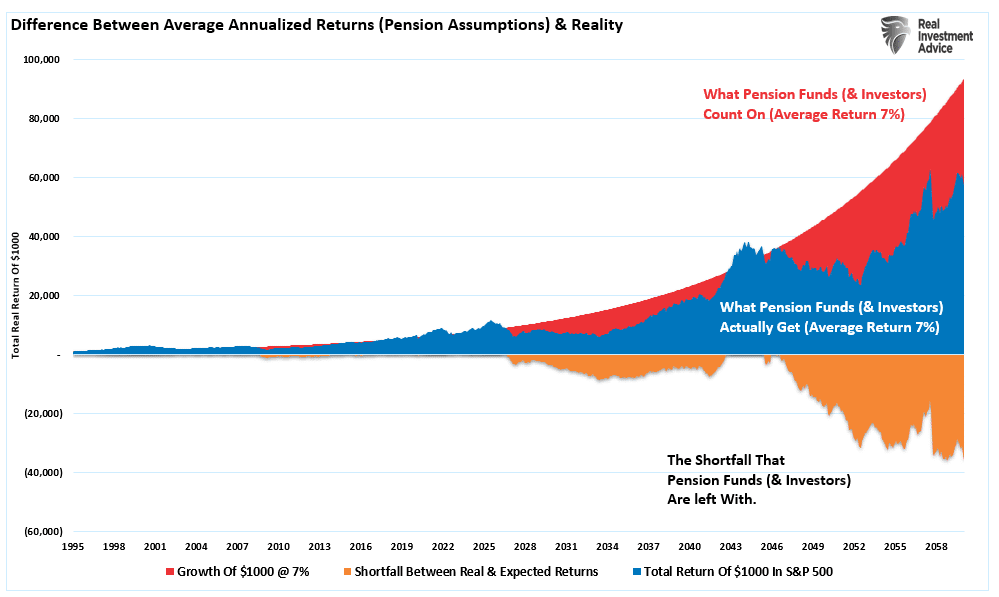

The U.S. Social Security and Medicare systems are nearing a critical point, grappling with a daunting $175 trillion funding gap as highlighted in the government's financial report.
Recent reports highlight an impending retirement crisis in the United States, with Social Security and Medicare facing significant funding shortfalls. According to the latest Financial Report of the United States Government released in February 2024, these programs are underfunded by an estimated $175 trillion. Treasury Secretary Janet Yellen authenticated the report indicating a substantial disparity between the welfare system's liabilities and the capacity of taxpayers to financially support it.

The Social Security program, originally enacted in 1935, was intended to serve as a safety net for older adults. At that time, life expectancy was around 60 years, and Social Security was not expected to be drawn upon for extended periods. However, the dynamic has considerably changed over the years.
A primary concern is the shrinking worker-to-beneficiary ratio. In 1940, approximately 42 workers contributed for each recipient; today, that number has dwindled to barely two workers per beneficiary. The Peter G. Peterson Foundation has underscored the severity of this situation, projecting the depletion of Social Security's trust funds by 2035.

The gap in funding has been exacerbated by various amendments to Social Security that have expanded its scope, adding more beneficiaries while the number of contributing workers has steadily declined. The program now covers a wide array of individuals, from domestic workers and disabled persons to immigrants and government employees.
The report further illustrates the challenges posed by the demographic shift and declining fertility rates, which have worsened the crisis. Fertility rates continue to fall, and the ratio of working-age population to the elderly has crossed a critical threshold, signaling a demographic crisis that is difficult to reverse in the short term.


Additionally, the surge in retirements has surpassed actuarial estimates, leading to an increased funding shortfall. The economic strain is compounded by the transition from manufacturing to a service-based economy, resulting in lower taxable incomes and, consequently, less revenue to fund social benefits.

As of Q4-2023, the United States' GDP was $22.6 trillion, with total federal revenues at approximately $4.8 trillion. Even if all federal revenues were allocated to Social Security and Medicare, it would take over 36 years to close the funding gap, assuming no changes in the interim. This situation is further complicated by the discrepancy between average and compound returns, with pension funds and government programs alike grappling with unrealistic return expectations.

The current state of affairs begs for drastic change. However, political reluctance to make necessary changes has prevented the implementation of solutions that could potentially reduce the burden for future generations.
At present, the nation continues to face this retirement crisis with no clear resolution in sight. The need for action is imperative, as the consequences of inaction could result in increased taxes, reduced government services, and the potential reduction of future benefits. The question remains: will elected leaders confront these challenges now, or will they wait until they are forced to act by circumstance?
Originally reported by Real Investment Advice